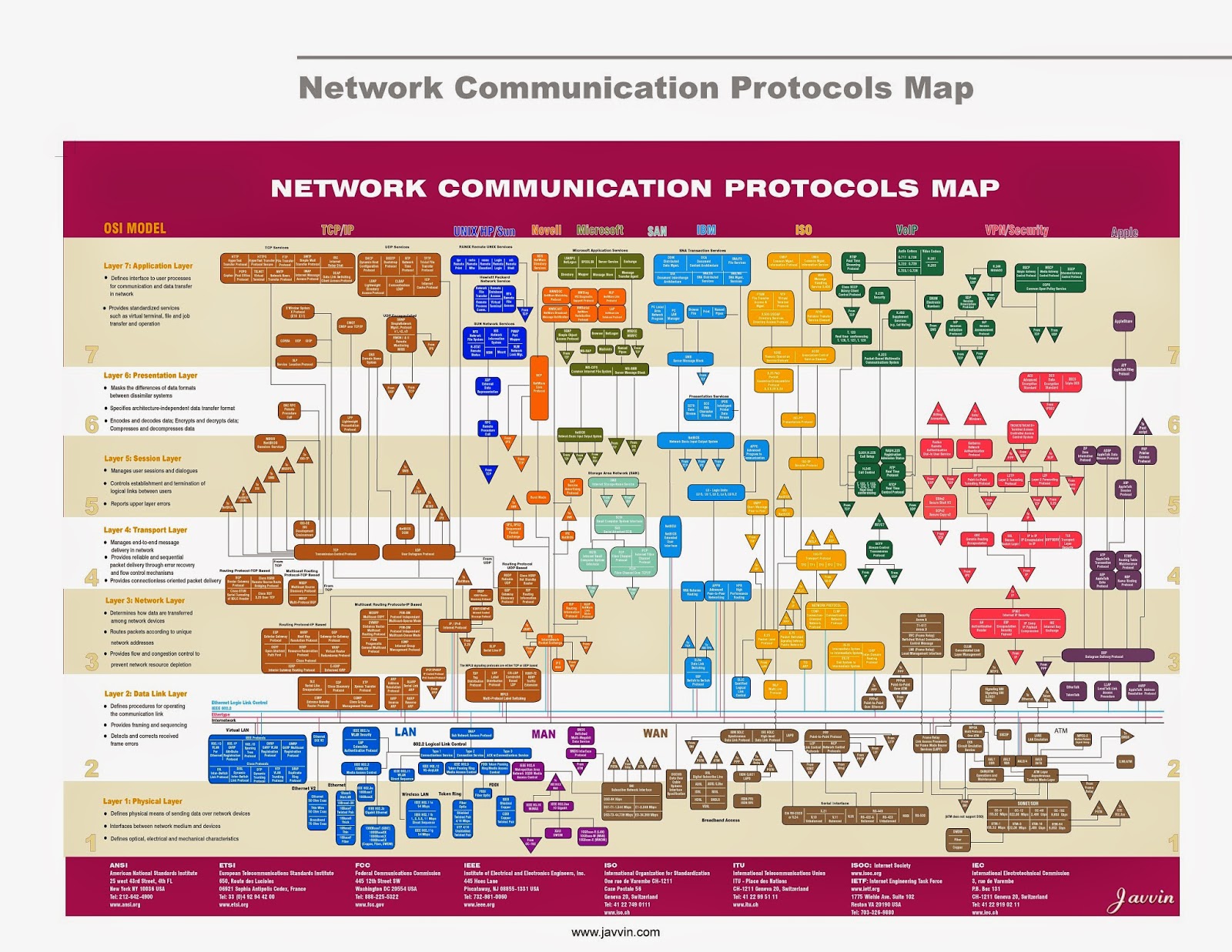A network protocol defines rules and conventions for communication between network devices. Protocols for computer networking all generally use packet switching techniques to send and receive messages in the form of packets.
Network protocols include mechanisms for devices to identify and make connections with each other, as well as formatting rules that specify how data is packaged into messages sent and received. Some protocols also support message acknowledgement and data compression designed for reliable and/or high-performance network communication. Hundreds of different computer network protocols have been developed each designed for specific purposes and environments.Continue Reading...
Network protocols include mechanisms for devices to identify and make connections with each other, as well as formatting rules that specify how data is packaged into messages sent and received. Some protocols also support message acknowledgement and data compression designed for reliable and/or high-performance network communication. Hundreds of different computer network protocols have been developed each designed for specific purposes and environments.Continue Reading...
From About.com
Network Protocols Handbook
Packet Guide to Core Network Protocols By Bruce Hartpence
Network Routing: Algorithms, Protocols, and Architectures By Deepankar Medhi
Delay Tolerant Networks: Protocols and Applications edited by Athanasios V. Vasilakos, Yan Zhang, Thrasyvoulos Spyropoulos

No comments :
Post a Comment